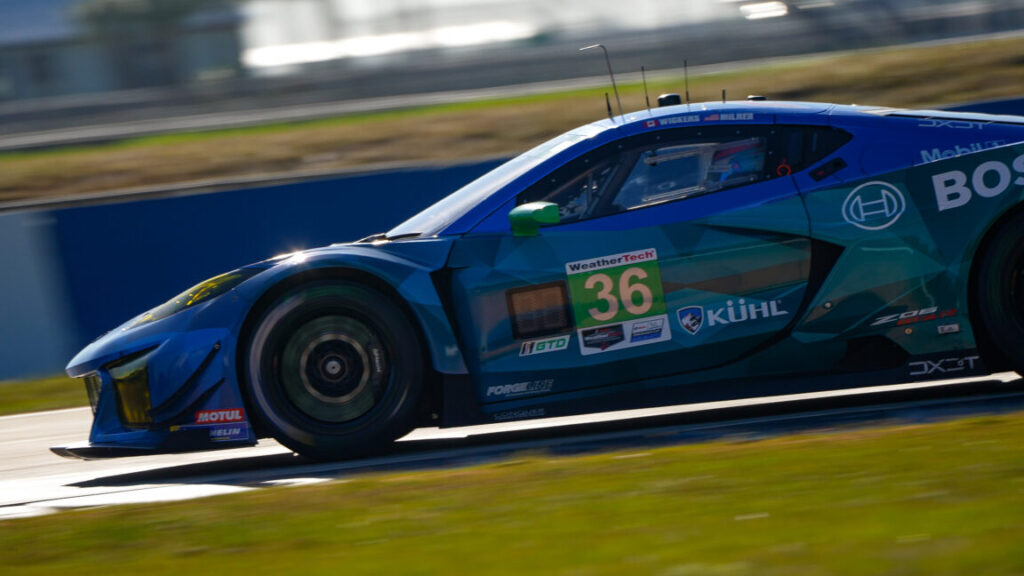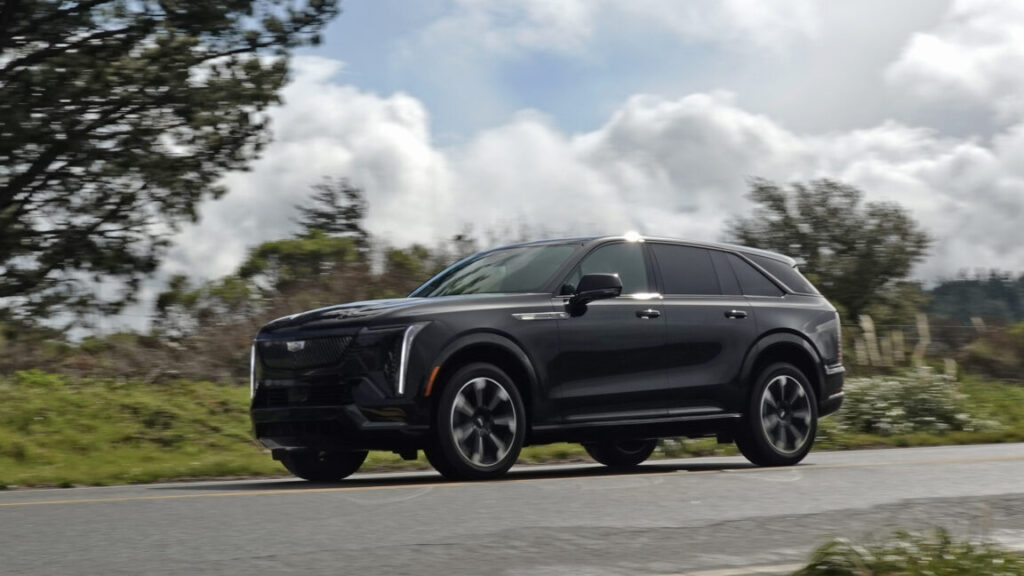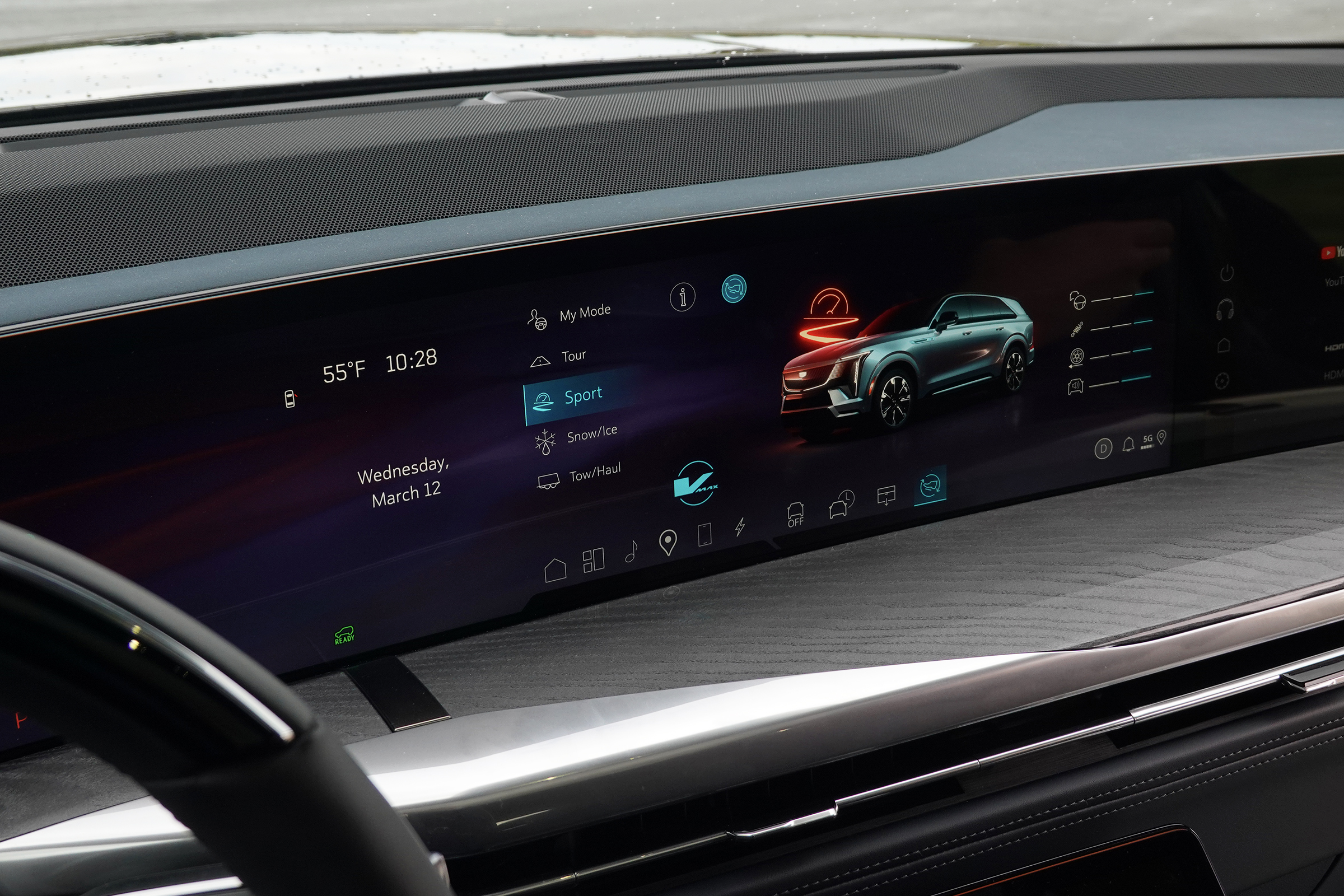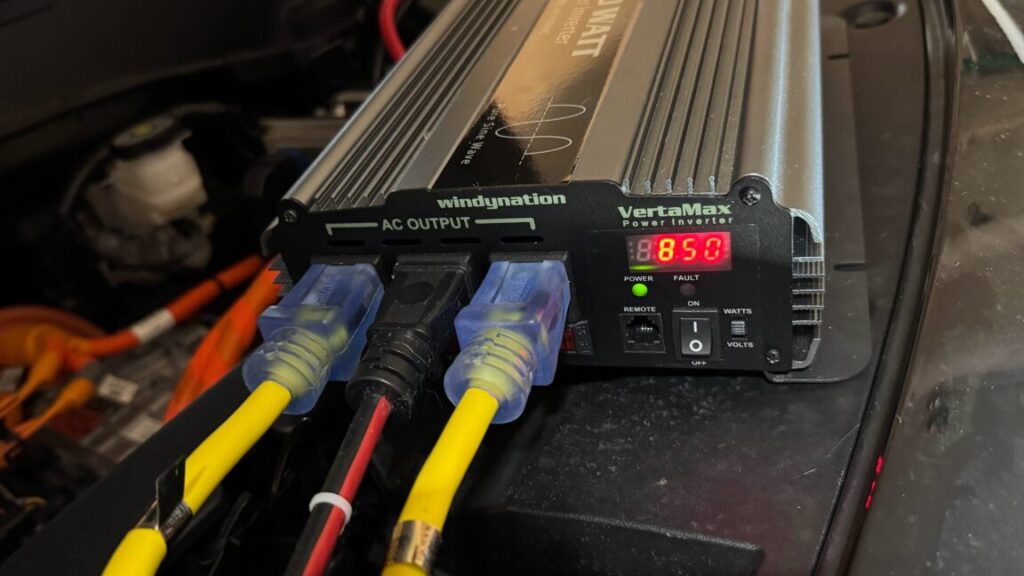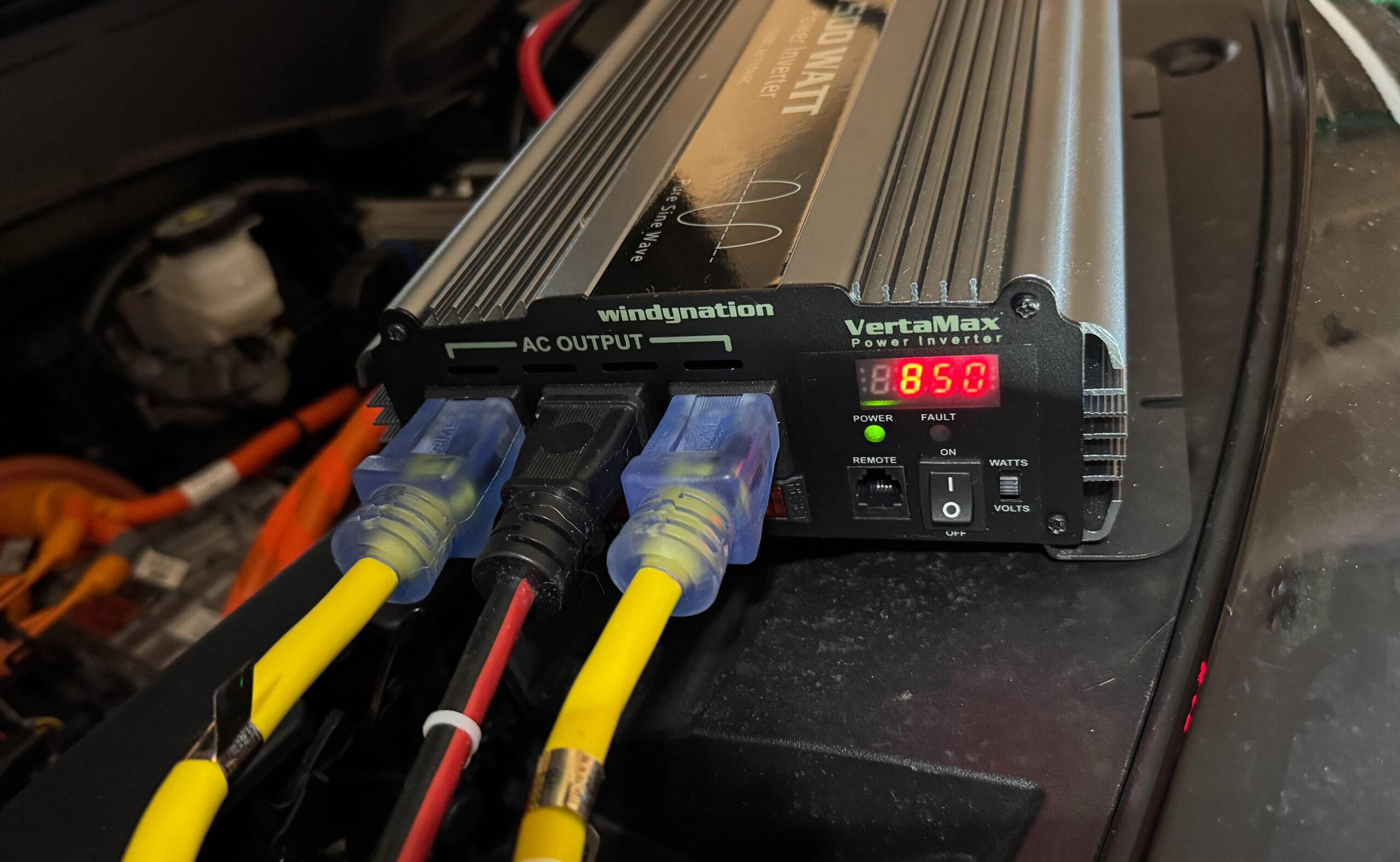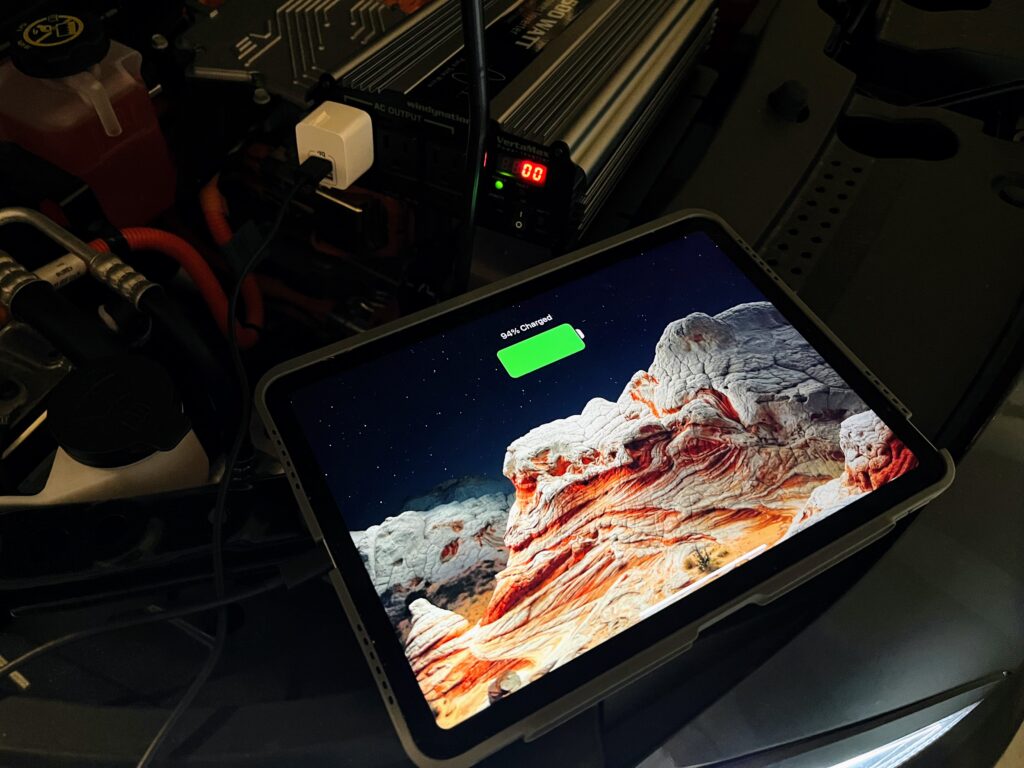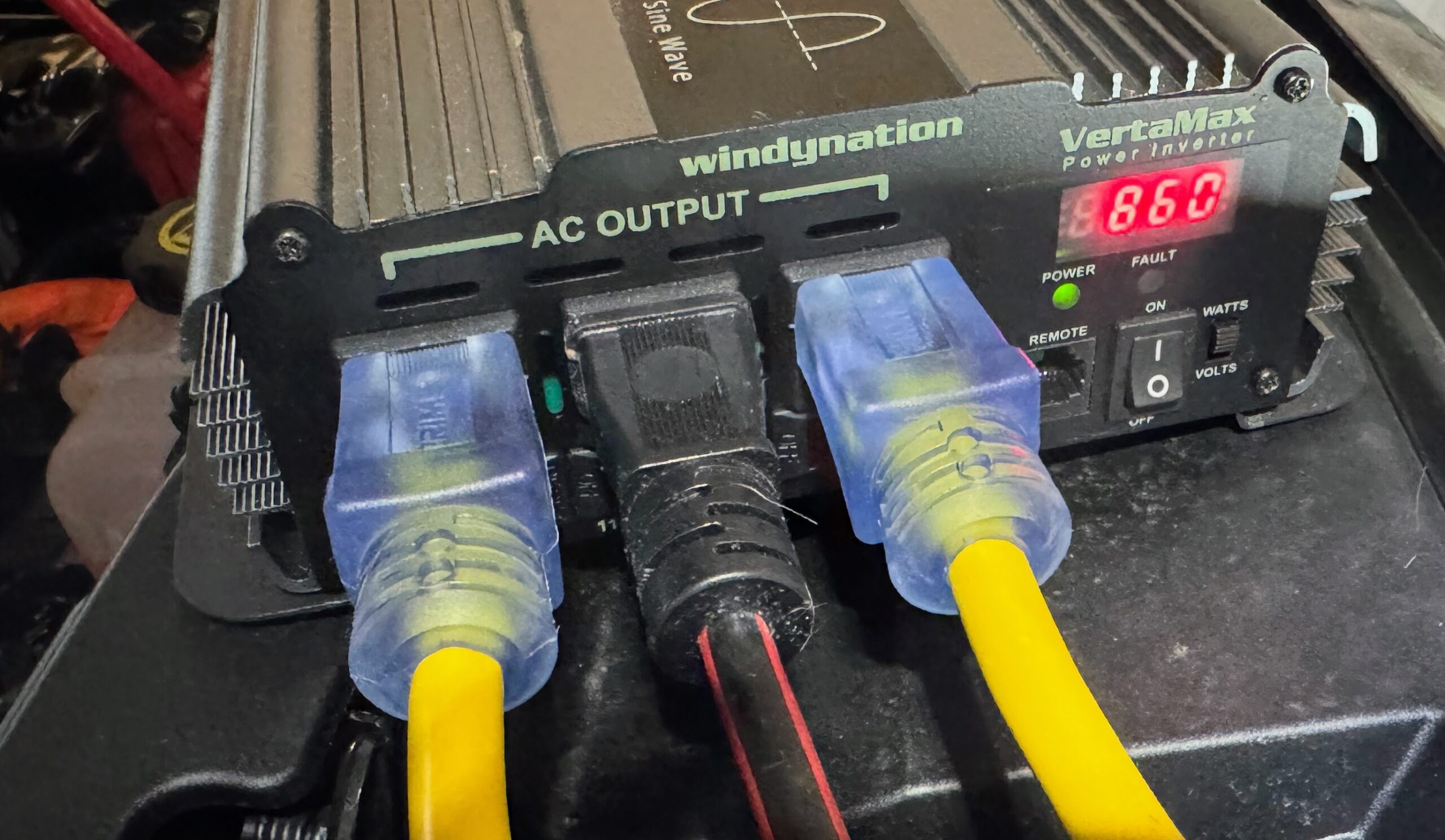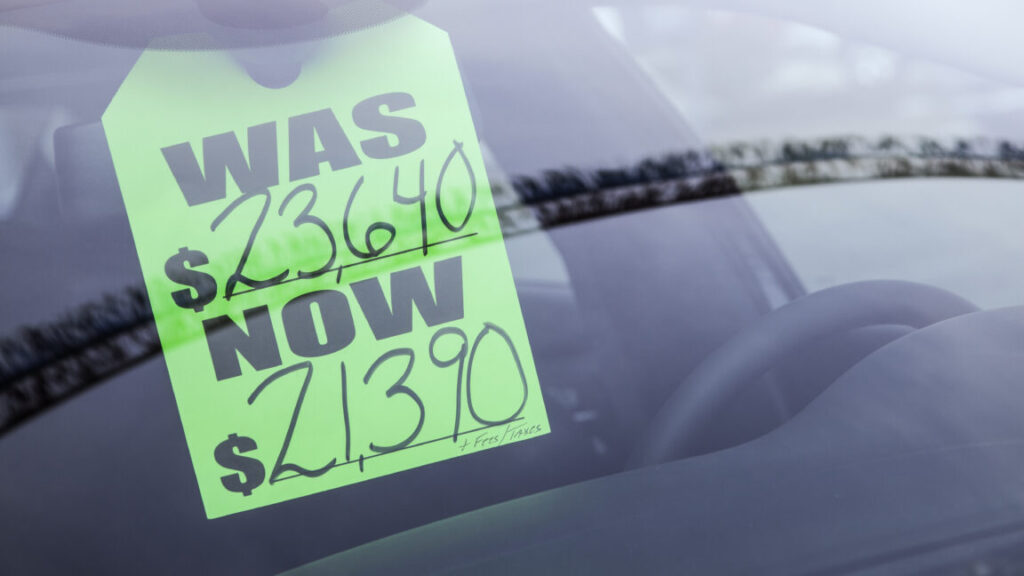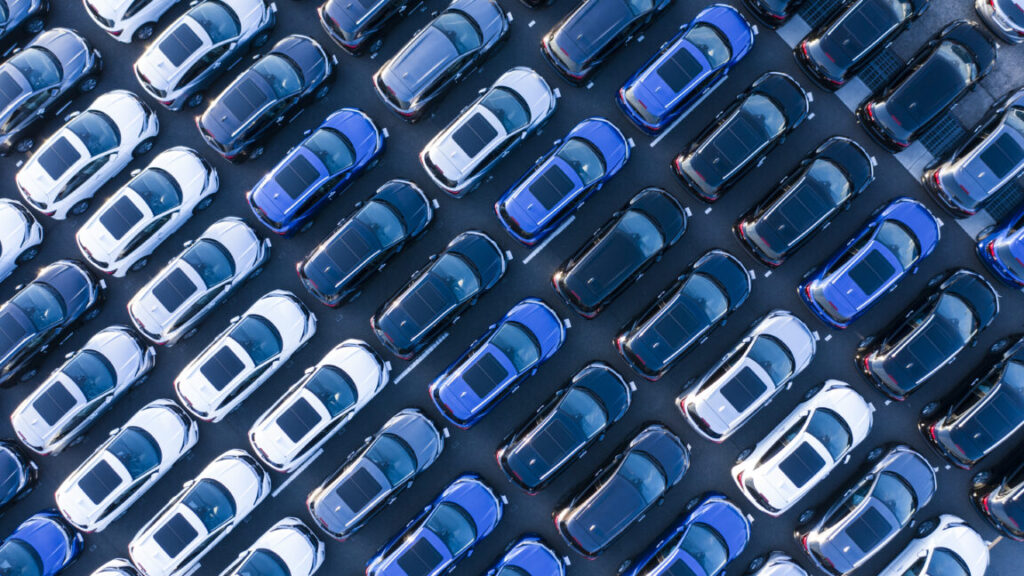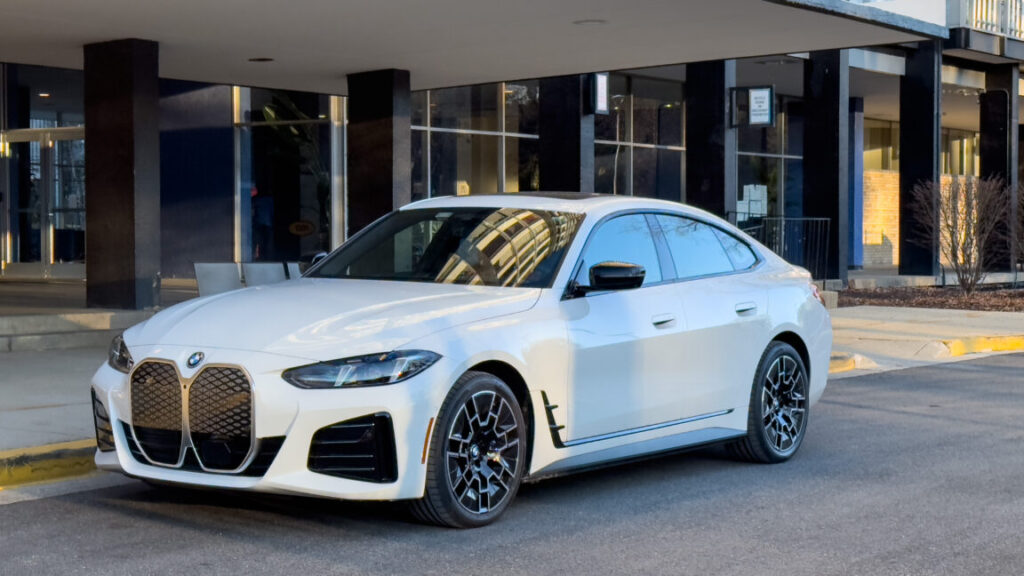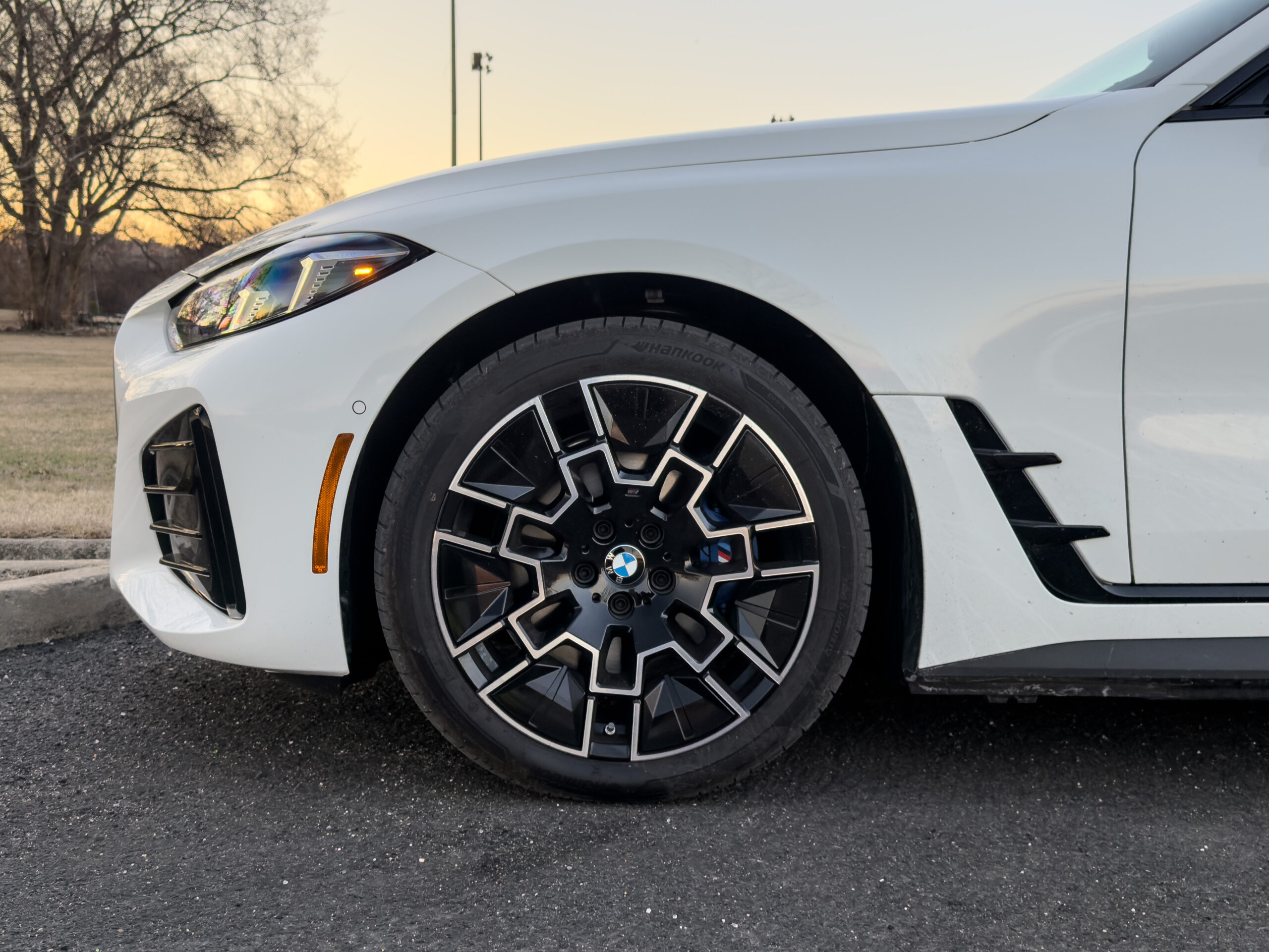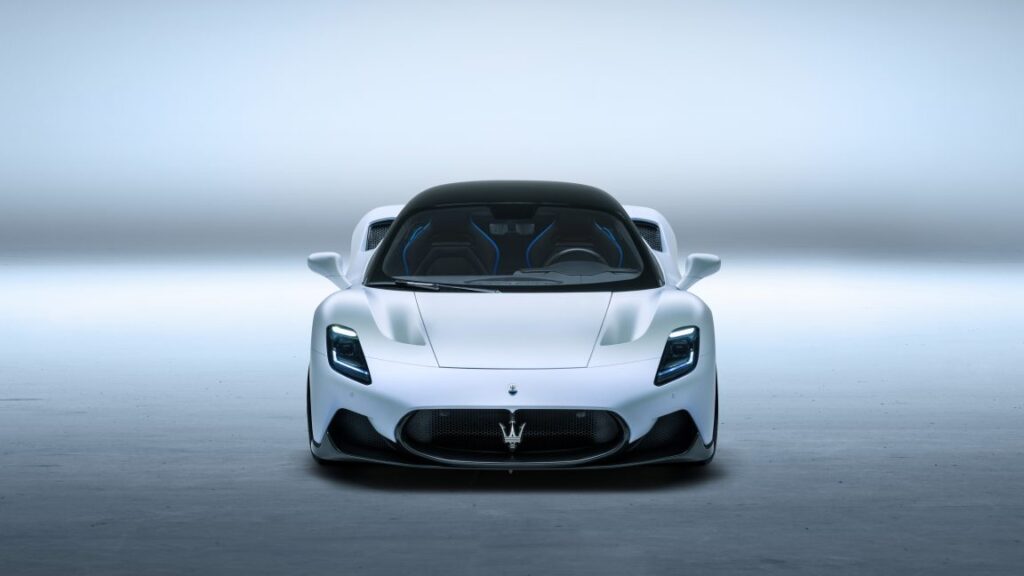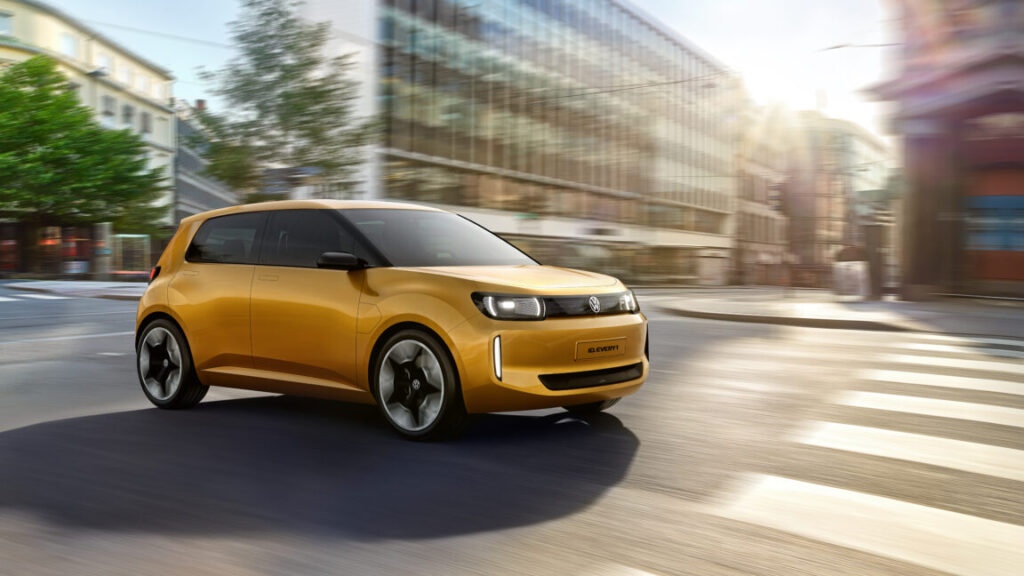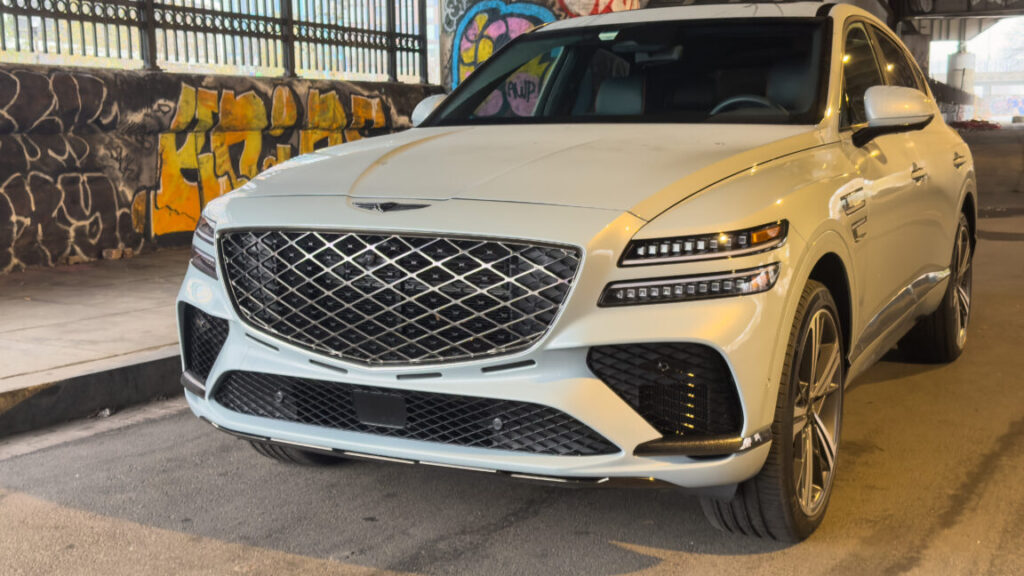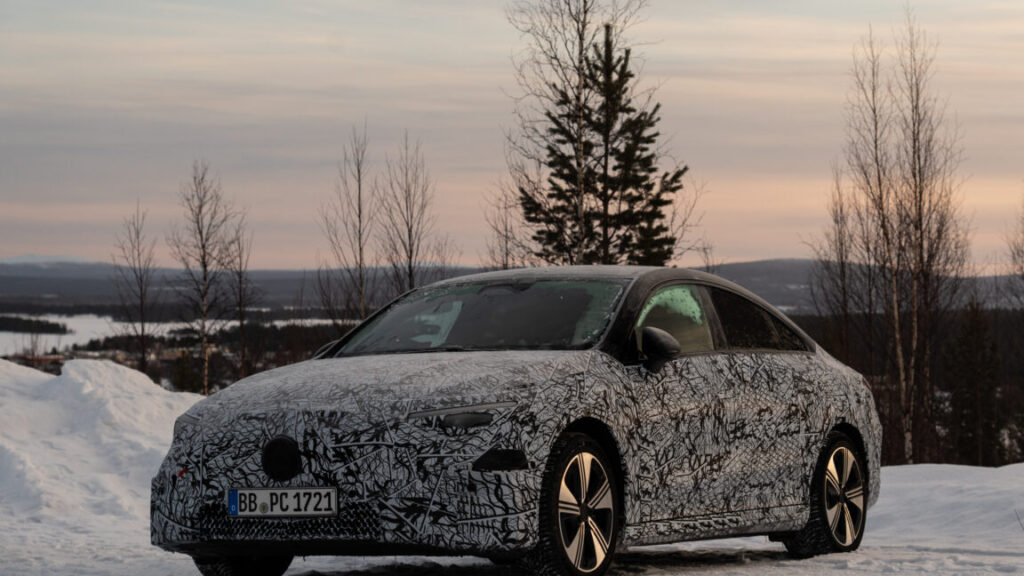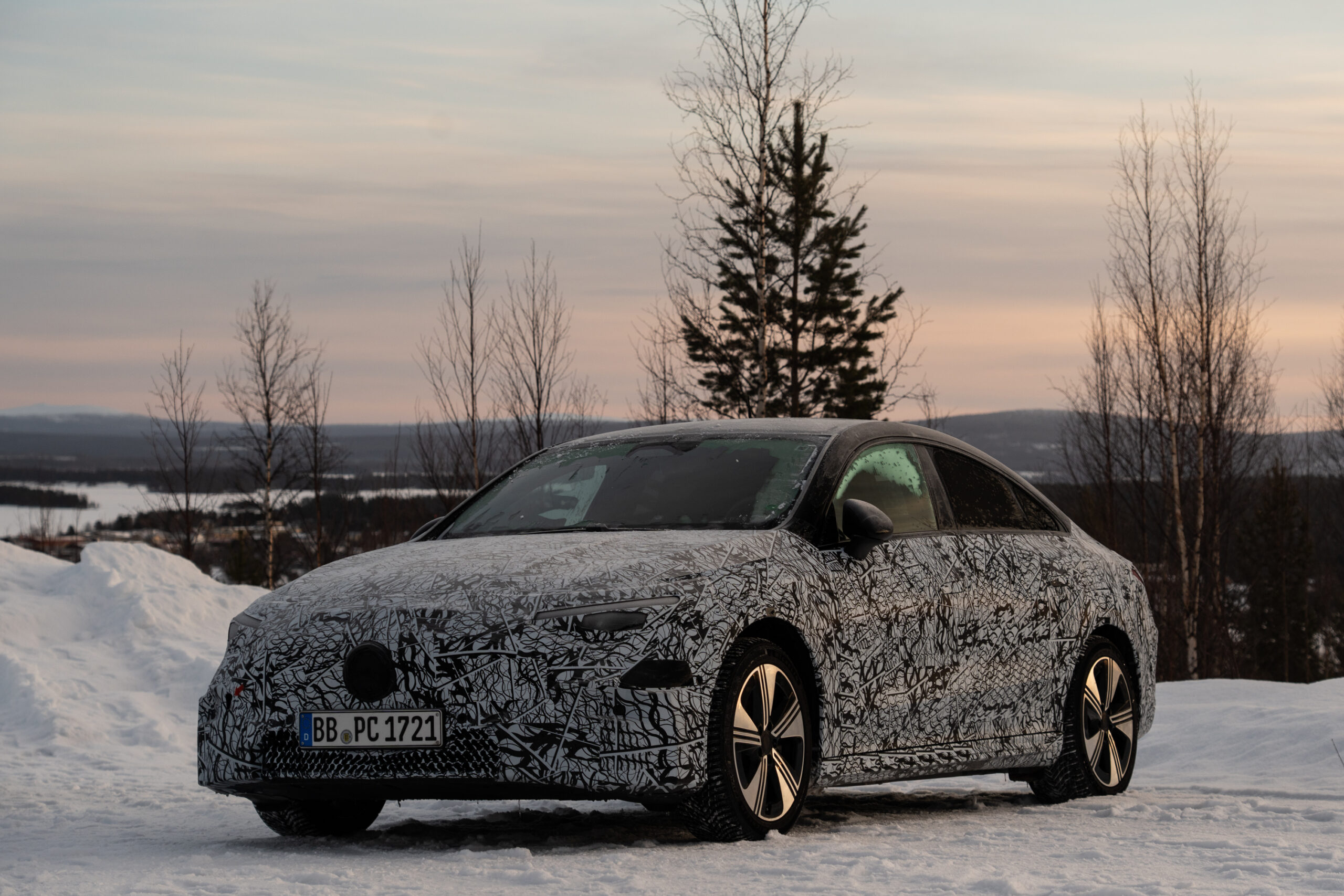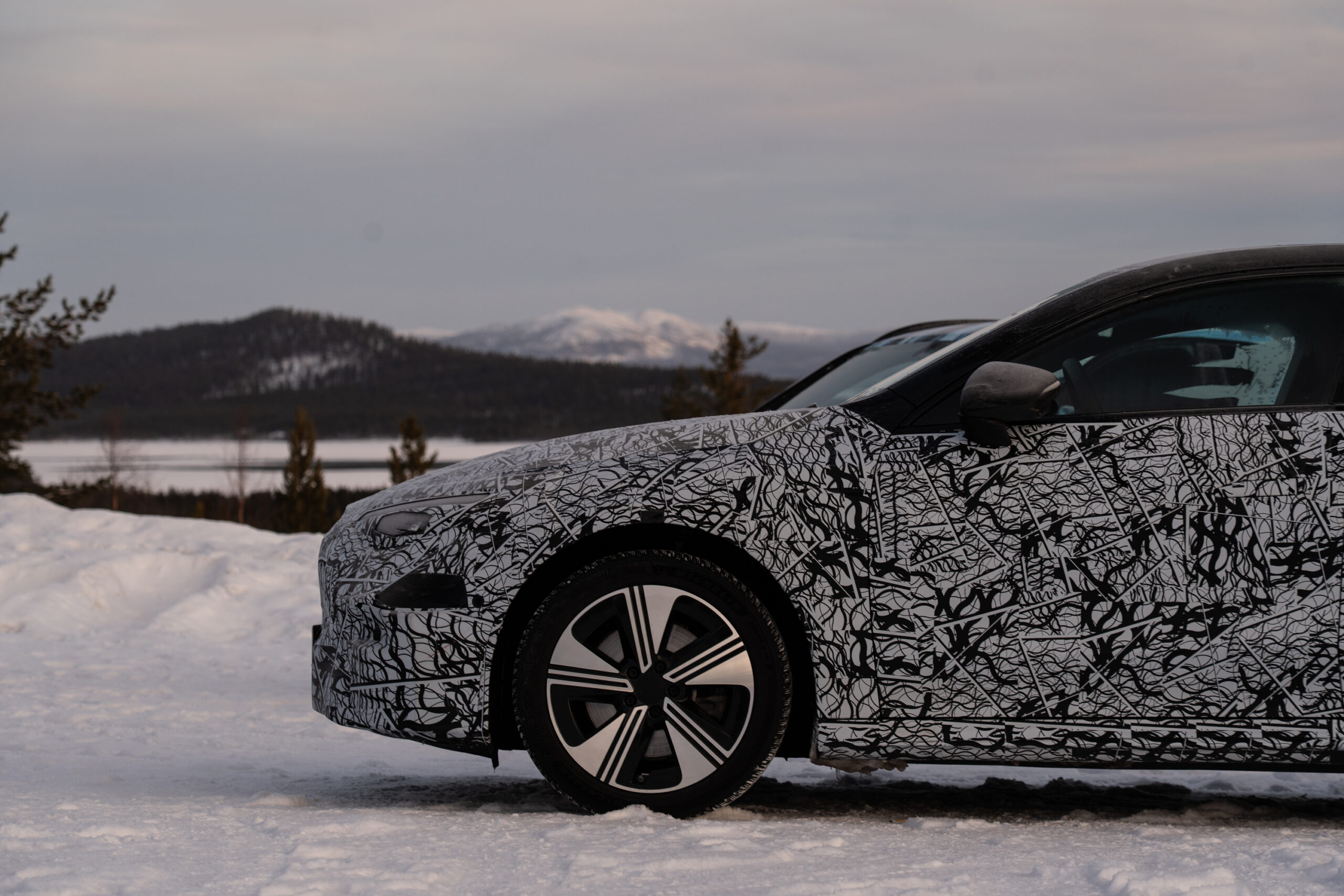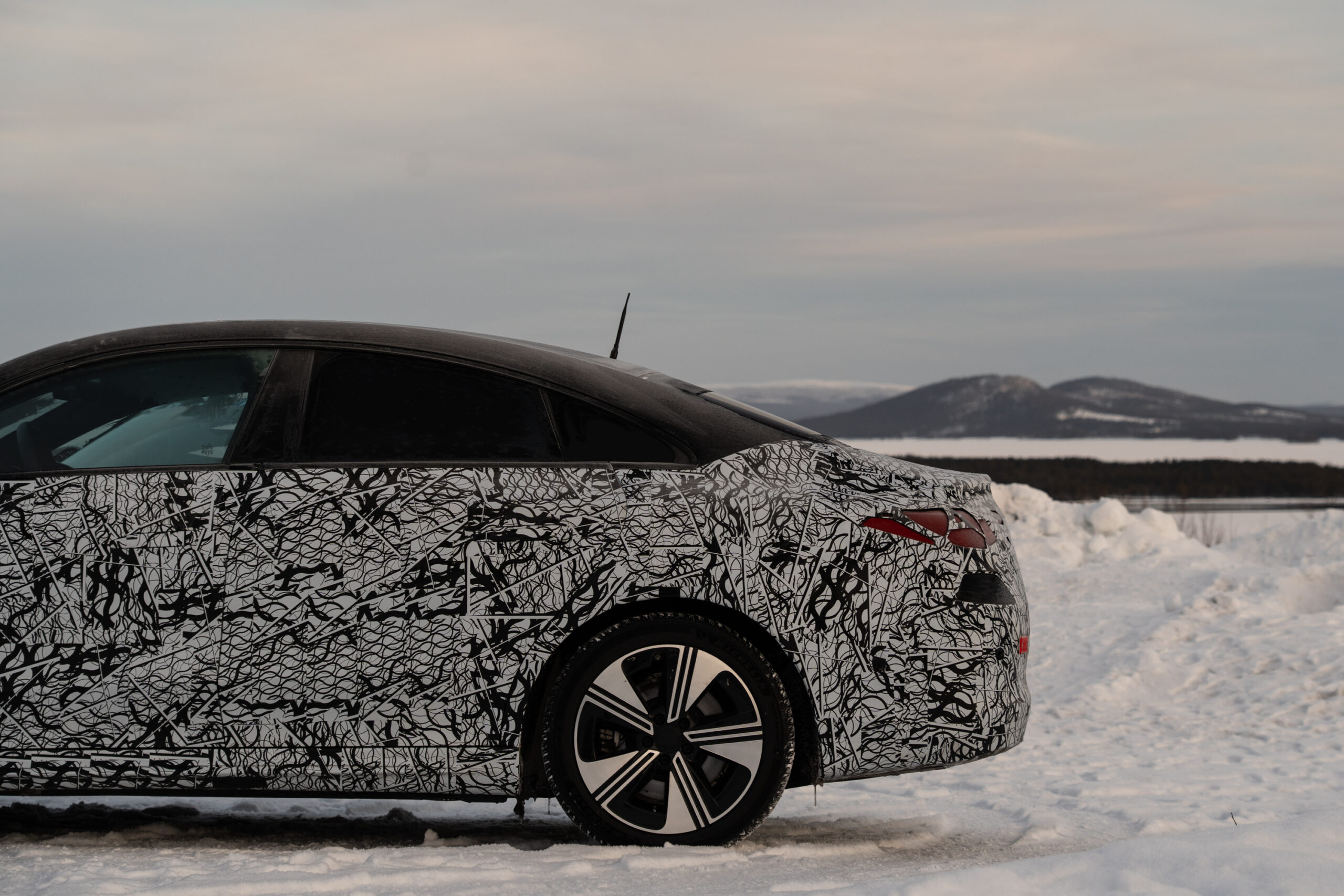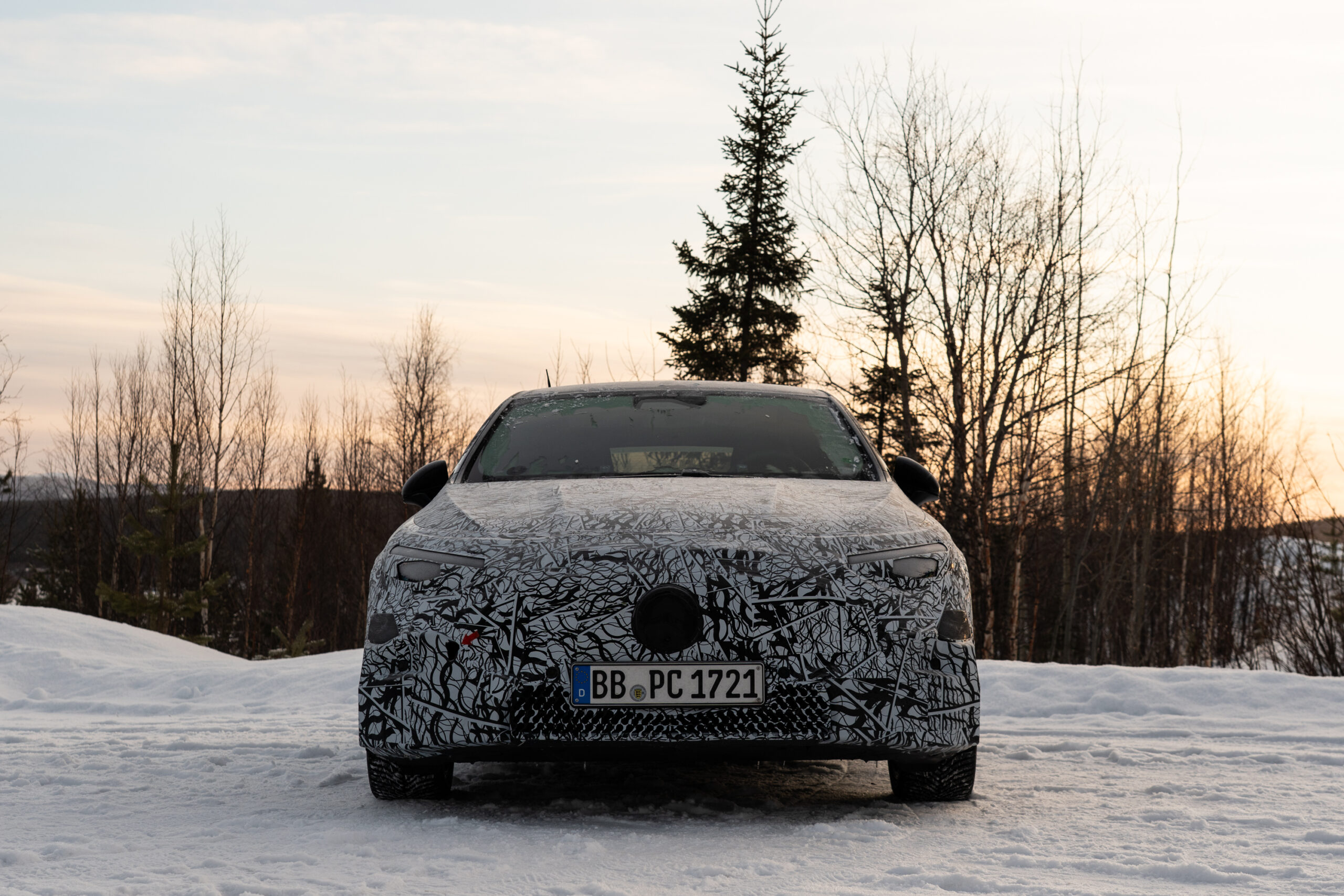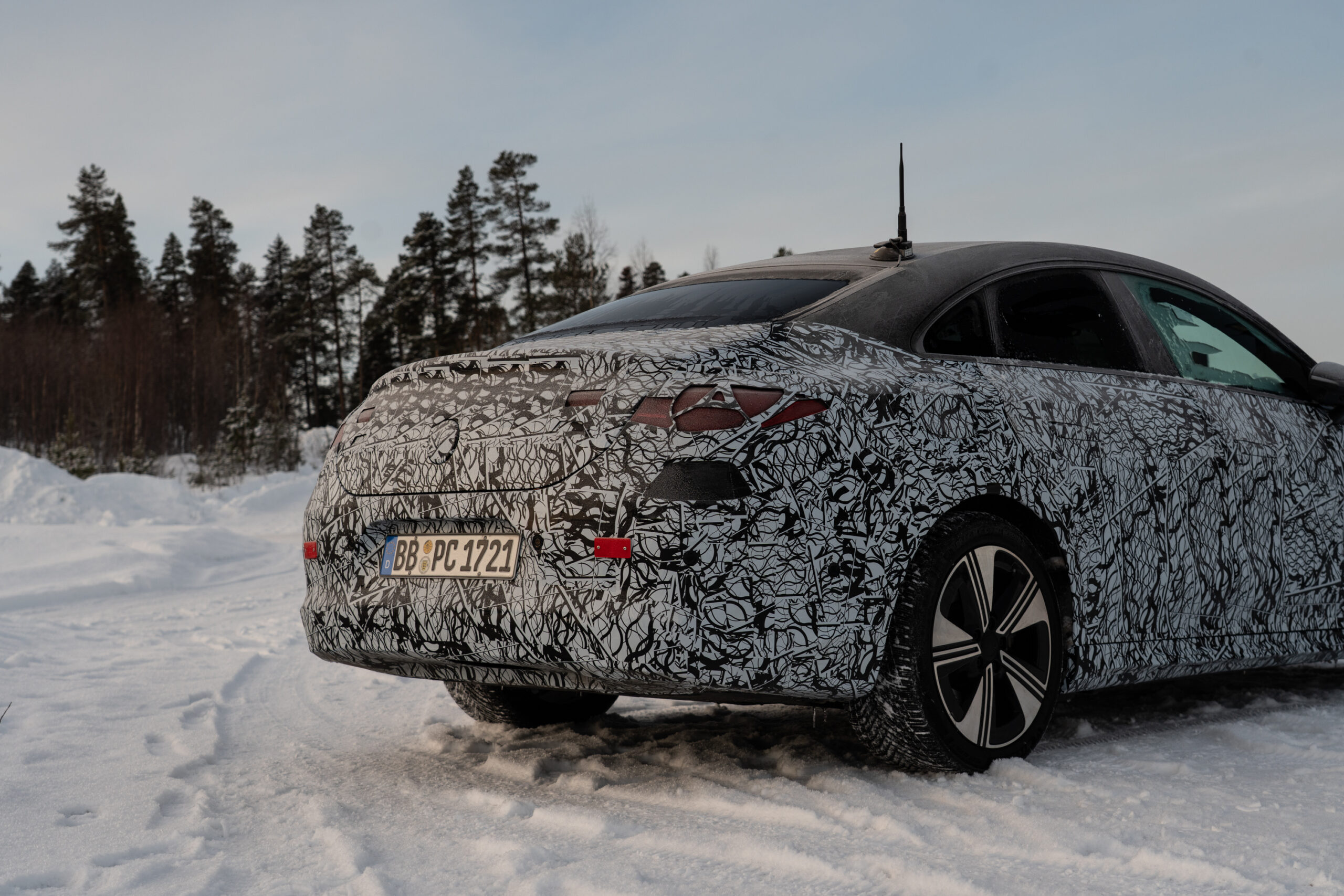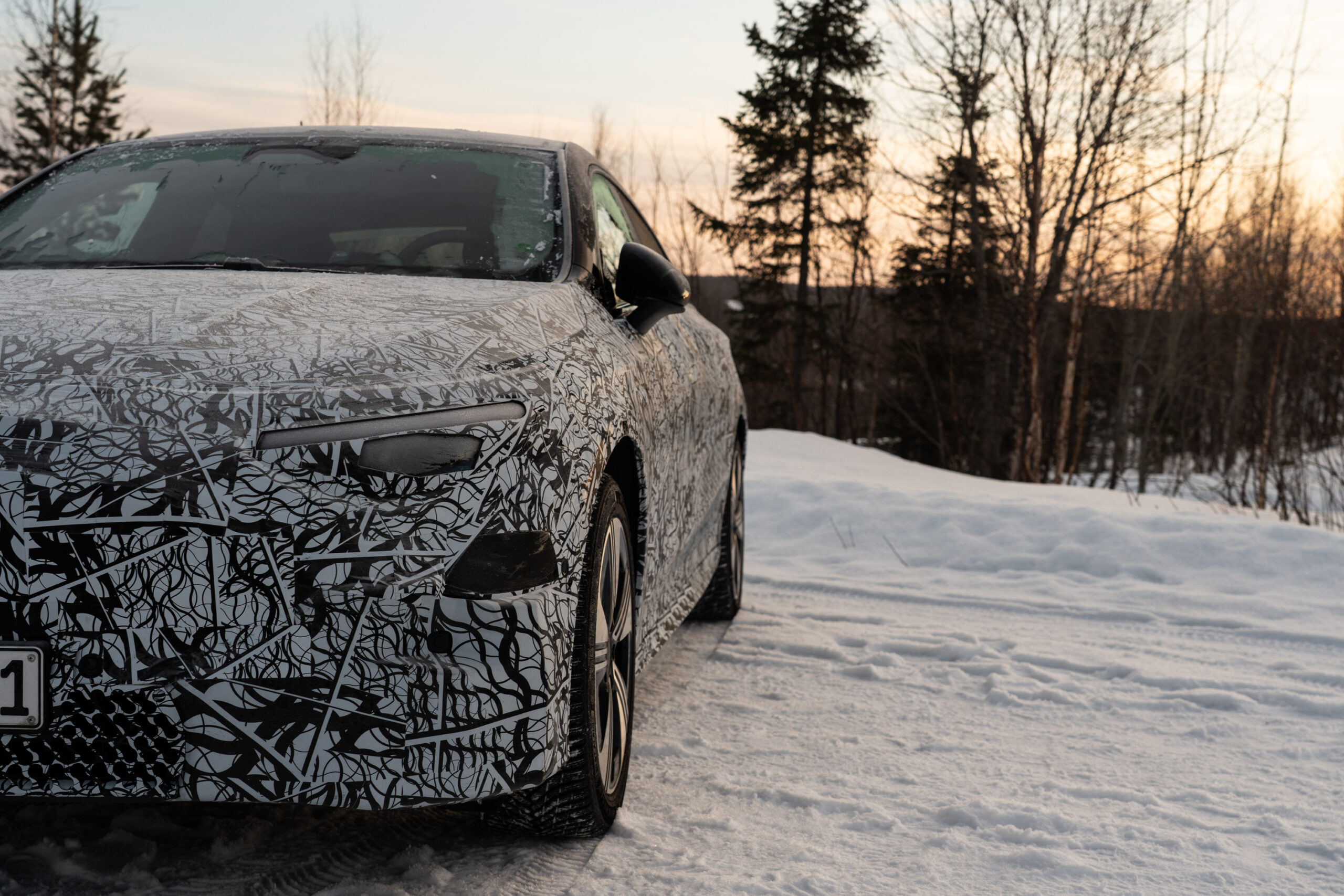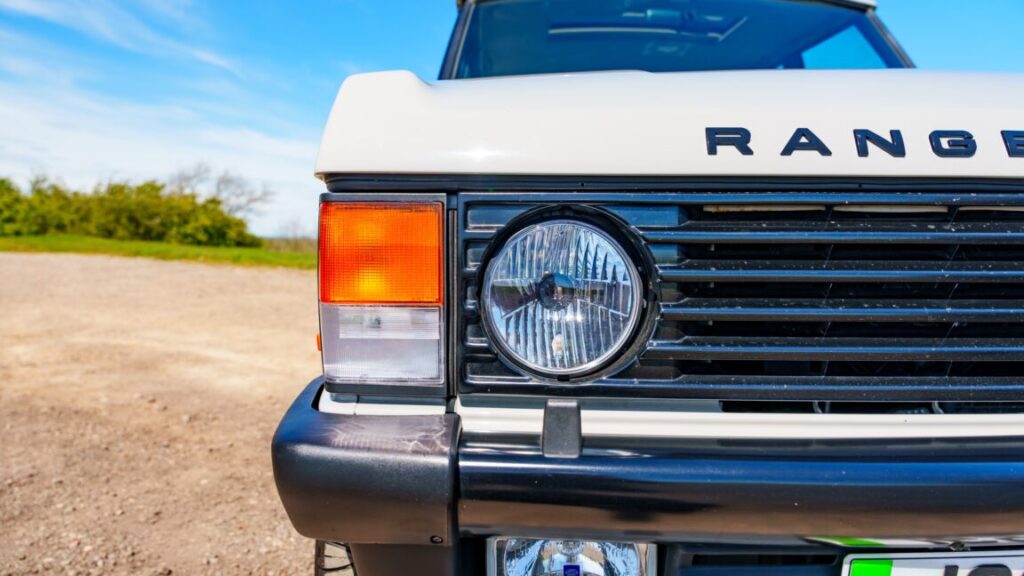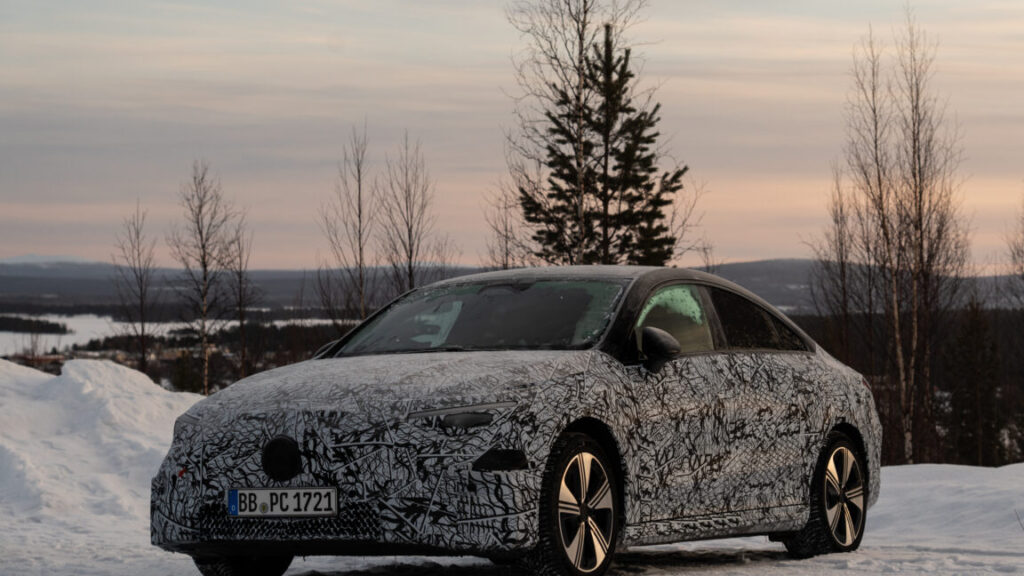Racer with paraplegia successfully test drives Corvette with hand controls
Able-bodied co-driver Milner will use the Corvette GT3.R’s regular pedals when he drives, with the hand controls engaged when Wickens is in the car. The new hand controls are mounted to the steering wheel column, where otherwise you’d find a spacer between the column and multifunction steering wheel. There are paddles on both sides that operate the throttle, and a ring that engages the brakes.
The road-going Corvette C8 uses brake-by-wire, and Bosch has developed an electronic brake system for motorsport applications, which is now fitted to DXDT’s Corvette. Wickens actually used the Bosch EBS in the last two Pilot Challenge races of last year, but unlike the Corvette, the Elantra did not have a full brake-by-wire system.
Robert Wickens explains how his hand controls work.
“When I embarked on this journey of racing with hand controls, I was always envisioning just that hydraulic sensation with my hands, on applying the brake. And, yeah, everyone involved, they made it happen,” Wickens said. Adding that sensation has involved using tiny springs and dampers, and Wickens likened the process of fine-tuning that to working on a suspension setup for a race car, altering spring rates and damper settings until it felt right.
“You know, the fact that I was just straight away comfortable; frankly, internally, I was concerned that [it] might take me a little bit to get up to speed, but thankfully that wasn’t the case so far. There’s obviously still a lot of work to be done, but so far, I think the signs are positive,” he said.
“I think the biggest takeaway I have so far is that it feels like the Bosch EBS and the hand control system that was developed by Pratt Miller it was like it belonged in this car,” he said. “There hasn’t been a single hiccup. It feels like… when they designed the Z06 GT3, it was always in the plan, almost? It’s just looks like it belongs in the car. It feels like it belongs in the car.”
Racer with paraplegia successfully test drives Corvette with hand controls Read More »
